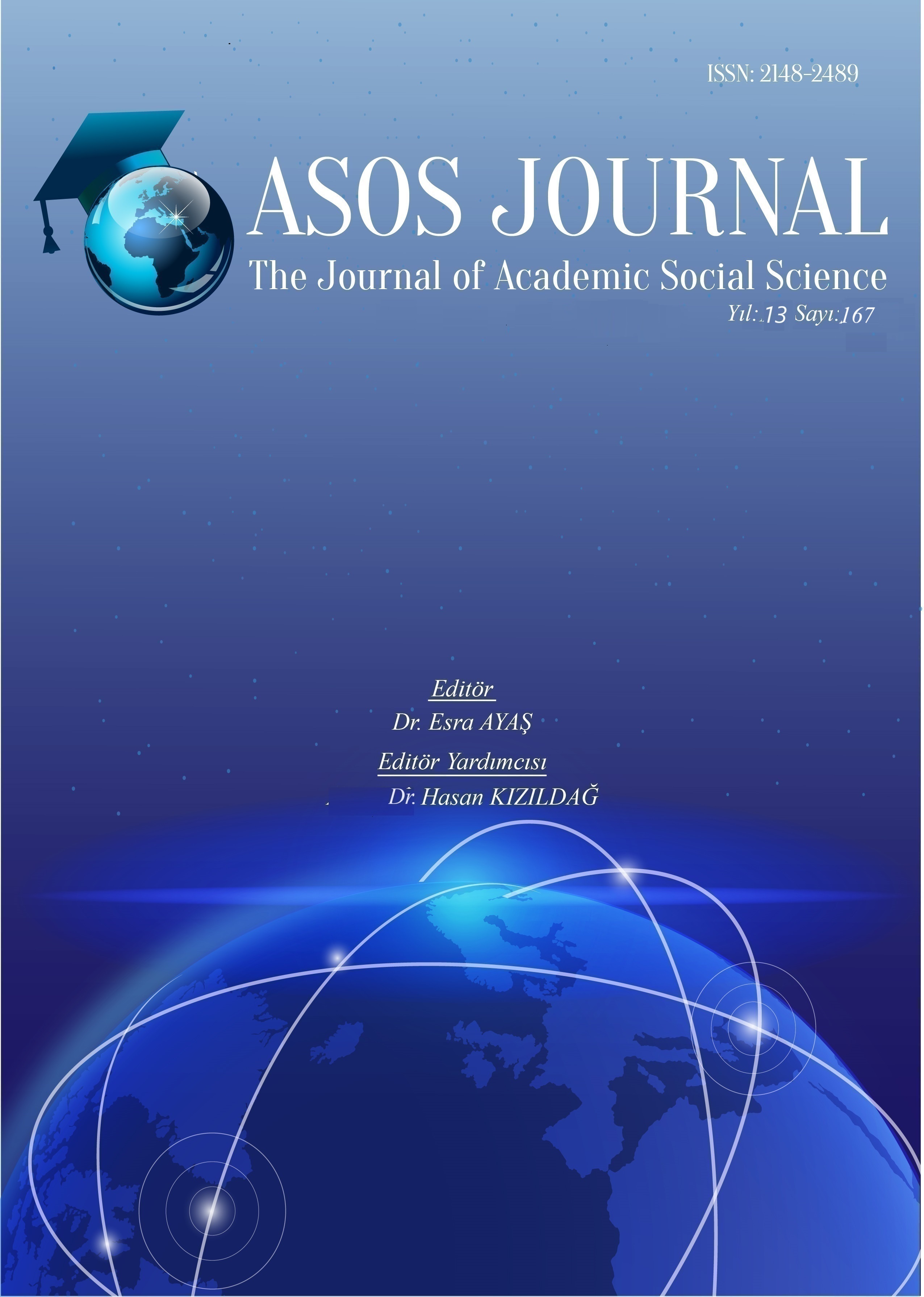Author :
Abstract
Bir müzik eserinin biçimini, icra amacı da dahil olmak üzere anlamak, onun analiziyle ayrılmaz bir şekilde bağlantılıdır. Etimolojik olarak analiz, bölümleme anlamına gelir; bu da parçalarını anlayarak bütünü anlamayı ima eder. Uygulamada, herhangi bir eserin tutarlı bir şekilde parçalara bölünmesi, motifin yapısının daha da bölünemez hale gelmesine yol açar; bu da ortaya çıktığı üzere, tema oluşumunun en önemli birimlerinden biridir. Her biri kendine özgü özelliklere sahip birkaç tür motif vardır. Eserin ana (başlangıç) motifi, temanın temsilcisidir ve onun özelliklerini – ölçü, ritim, mod, armoni vb. – ortaya koyar. Temanın kısalığı nedeniyle ana motifte yansıtılamayan özellikleri, yardımcı olan bitişik sözdizimsel yapılarda ifade edilir. Bu formlar motifin tüm yapısal özelliklerine sahiptir, ancak tematik olarak ana motiften daha az önemlidir. Bu iki tür motifin birleşimi, temanın sözde "kabartmasını", ön planını, ana fikrini yaratır; bunların "arka planı" ise, "genel hareketin" pasajlara dayanan, tekrarlayan desenler olan motif dışı yapılardır. Makale, her biri bir motifin biçimsel özelliklerine sahip olan ve anlamsal işlevleri bakımından diğerlerinden farklı olan üç tür motif yapısını incelemektedir.
Keywords
Abstract
Understanding the form of a musical work, including its performance purpose, is inextricably linked to its analysis. Etymologically, analysis means division, which implies understanding the whole through understanding its parts. In practice, the consistent division of any work into parts leads to the structure of the motive becoming even more indivisible, which is one of the most important units of theme formation. There are several types of motives, each of which has its own special characteristics. The main (initial) motive of the work is the representative of the theme, manifesting its characteristics - meter, rhythm, mode, harmony, etc. Those properties of the theme that cannot be reflected in the main motive, due to its brevity, are expressed in the adjacent syntactic structures, which are auxiliary. These forms have all the motive’s structural properties but are thematically less significant than the main motive. The combination of these two types of motives creates the so-called "relief" of the theme, its foreground, the main idea, the "background" of which are non-motivic constructions, usually based on the moves of the "general movement" – the repeating patterns. The article examines three types of motive structures, each of which, having the formal properties of a motive, differs from the others in its semantic functions.





